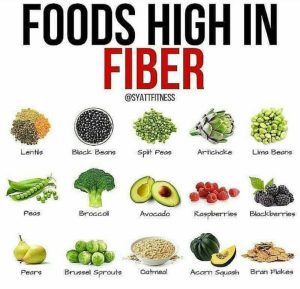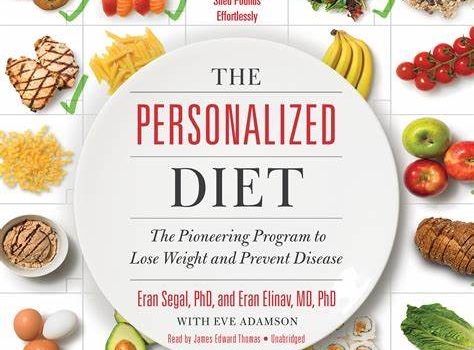
There’s something special about making your own pizza at home. Not only does it allow you to have full control over the ingredients and cooking methods, but it also opens the door to creating a healthier, customized pizza. In this article, we’ll encourage you to embark on a DIY pizza-making journey in your kitchen.
1. Quality Ingredients:
Ingredient Control:
When making pizza at home, you have the power to select high-quality, fresh ingredients. Choose whole wheat or cauliflower crusts, low-sodium sauces, and lean protein options to create a nutritious foundation.

2. Portion Control:
Mindful Eating:
Control portion sizes to avoid overindulging. Be mindful of the number of toppings you add to maintain a balanced pizza.
3. Vegetable Variety:
Colorful Creations:
Experiment with a diverse range of vegetables. Load your pizza with nutrient-rich toppings like bell peppers, spinach, and tomatoes. The more colorful, the better!
4. Healthy Sauces:
Low-Sugar Choices:
Opt for healthier sauce alternatives, such as homemade tomato sauce or pesto with lower sugar content. These choices enhance flavor while aligning with your nutritional goals.
5. Lean Proteins:
Protein Power:
Incorporate lean proteins like grilled chicken, turkey, or plant-based alternatives. They add a satisfying and nutritious element to your pizza.
6. Light Cheese:
Sensible Portions:
Use cheese sparingly or choose part-skim mozzarella and dairy-free alternatives. This maintains the creamy texture and indulgence without excessive calories.
7. Whole Grains:
Fiber Focus:
Select whole grain or cauliflower crusts to boost fiber content and reduce refined carbohydrates.
8. Herbs and Spices:
Flavor Burst:
Season your pizza with a variety of herbs and spices like fresh basil, oregano, garlic, or red pepper flakes for added depth.
9. Side Salad:
Fresh Complement:
Pair your pizza with a side salad full of greens and colorful veggies. It adds fiber, vitamins, and minerals to your meal.
10. Family Fun:
Engage All Ages:
Making pizza at home can be a fun family activity. Involve your loved ones in the process, allowing everyone to choose their favorite toppings.
11. Cooking Control:
Perfectly Baked:
Control the cooking process by choosing your preferred cooking method. Whether it’s an oven, grill, or even a pizza stone, you determine how your pizza is prepared.
12. Dietary Preferences:
Customization:
DIY pizza is perfect for accommodating various dietary preferences, whether it’s gluten-free, vegetarian, or vegan. Everyone can enjoy a slice tailored to their liking.

Conclusion: A Healthier and Customized Experience
Creating your own pizza at home is a delightful and rewarding experience. It enables you to craft healthier, customized creations that align with your nutritional goals and cater to your unique taste preferences. Whether you’re making it for yourself or sharing it with loved ones, DIY pizza at home is a satisfying journey of flavor and creativity.



































